 Search by Keyword
|
“DO YOU WANT TO KNOW A SECRET”
(Paul McCartney – John Lennon)
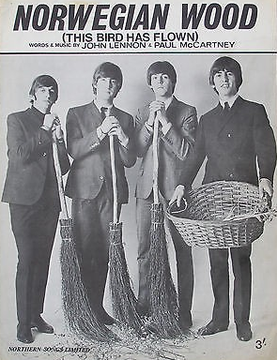 Inspiration for a hit song can come from anywhere. In the case of The Beatles, an infinite variety of sources have been cited by its composers regarding their songs throughout their career. Among them were an affair (“Norwegian Wood”), reading the newspaper (“A Day In The Life”), being sick in bed (“Don’t Bother Me”), an advertisement in a gun magazine (“Happiness Is A Warm Gun”), a marine-life story from a ship captain (“Octopus’s Garden”) and a carnival poster (“Being For The Benefit Of Mr. Kite”). Inspiration for a hit song can come from anywhere. In the case of The Beatles, an infinite variety of sources have been cited by its composers regarding their songs throughout their career. Among them were an affair (“Norwegian Wood”), reading the newspaper (“A Day In The Life”), being sick in bed (“Don’t Bother Me”), an advertisement in a gun magazine (“Happiness Is A Warm Gun”), a marine-life story from a ship captain (“Octopus’s Garden”) and a carnival poster (“Being For The Benefit Of Mr. Kite”).
Sometimes the inspiration for a song can come from a deeply rooted childhood memory. In the case of “Do You Want To Know A Secret,” it came from John’s mother singing a song to him when he a small boy between the ages of one and three years old.
Songwriting History
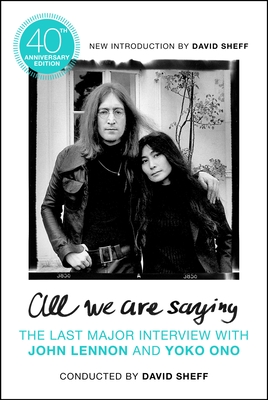 "My mother was always... she was a good comedienne and a singer," John Lennon remembers in David Sheff's book "All We Are Saying." "She used to do this little tune when I was one or two years old... yeah, she was still living with me then...The tune was from a Disney movie: (sings) 'Want to know a secret? Promise not to tell? You are standing by a wishing well.' So, I had this sort of thing in my head, and I wrote it and just gave it to George to sing. I thought it would be a good vehicle for him, because it had only three notes and he was not the best singer in the world." "My mother was always... she was a good comedienne and a singer," John Lennon remembers in David Sheff's book "All We Are Saying." "She used to do this little tune when I was one or two years old... yeah, she was still living with me then...The tune was from a Disney movie: (sings) 'Want to know a secret? Promise not to tell? You are standing by a wishing well.' So, I had this sort of thing in my head, and I wrote it and just gave it to George to sing. I thought it would be a good vehicle for him, because it had only three notes and he was not the best singer in the world."
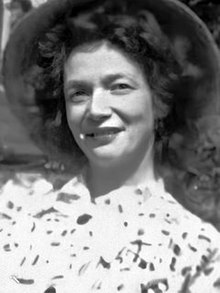 John Lennon’s mother Julia was singing a variation of the introduction to the song called “I’m Wishing” from the 1937 Walt Disney animated film “Snow White and the Seven Dwarfs” to her young son on those intimate occasions of his chilhood. In an opening scene of this movie where Snow White is working as a kitchen maid, she stands out at the castle well and sings these lines to surrounding doves. Since Lennon was born on October 9th, 1940, the movie was only four years old when John first recalls his mother singing this to him at the age of one. John Lennon’s mother Julia was singing a variation of the introduction to the song called “I’m Wishing” from the 1937 Walt Disney animated film “Snow White and the Seven Dwarfs” to her young son on those intimate occasions of his chilhood. In an opening scene of this movie where Snow White is working as a kitchen maid, she stands out at the castle well and sings these lines to surrounding doves. Since Lennon was born on October 9th, 1940, the movie was only four years old when John first recalls his mother singing this to him at the age of one.
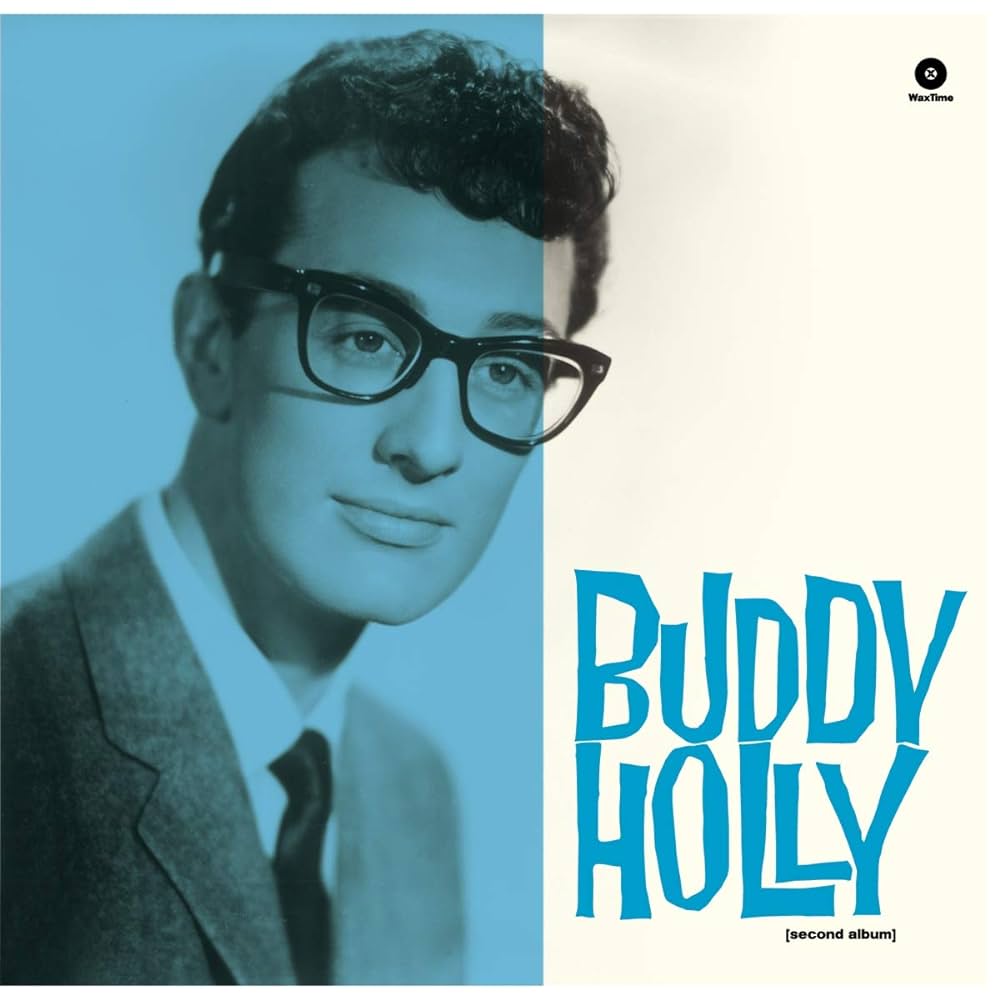 Although Lennon's quotation above intimates that he composed "Do You Want To Know A Secret" alone, Paul's book "Many Years From Now" asserts that it was a "50/50 collaboration written to order," a "hack song" written specifically for George. Following the rule that McCartney mentioned about how “John never had his middle eights,” the Buddy Holly-like bridge, as well as the introduction, could possibly have been a contribution from Paul to round out the original idea as brought forward by Lennon, but this is purely speculation. Ian MacDonald's 1994 publication "Revolution In The Head" hints at McCartney's possible involvement when he notices "the three descending major sevenths of the verse" being "borrowed" from Paul's arrangement of "Till There Was You." Although Lennon's quotation above intimates that he composed "Do You Want To Know A Secret" alone, Paul's book "Many Years From Now" asserts that it was a "50/50 collaboration written to order," a "hack song" written specifically for George. Following the rule that McCartney mentioned about how “John never had his middle eights,” the Buddy Holly-like bridge, as well as the introduction, could possibly have been a contribution from Paul to round out the original idea as brought forward by Lennon, but this is purely speculation. Ian MacDonald's 1994 publication "Revolution In The Head" hints at McCartney's possible involvement when he notices "the three descending major sevenths of the verse" being "borrowed" from Paul's arrangement of "Till There Was You."
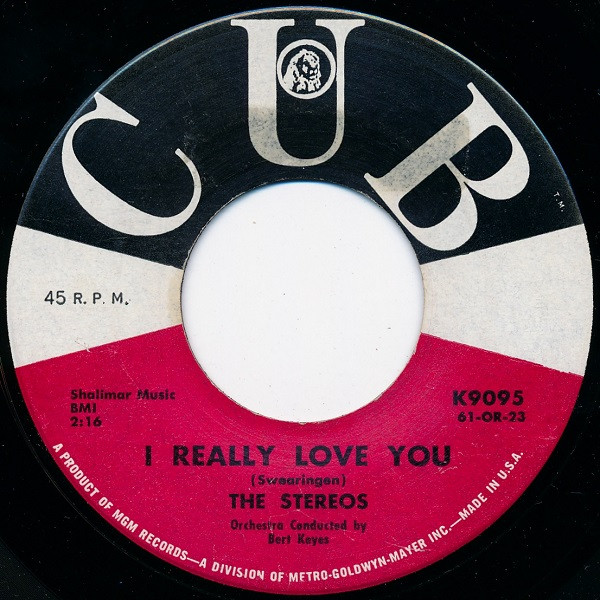 Another possible influence on the writing of "Do You Want To Know A Secret" was suggested by Harrison during a Musician Magazine interview from 1987. The 1962 R&B hit by The Stereos called "I Really Love You," which does have a strikingly similar rhythm and tempo, has here been suggested by George as an influence. One thing that can be stated is that this song made enough of an impression on George that he released it as a single in 1983, the second he released from his 1982 album "Gone Troppo." Another possible influence on the writing of "Do You Want To Know A Secret" was suggested by Harrison during a Musician Magazine interview from 1987. The 1962 R&B hit by The Stereos called "I Really Love You," which does have a strikingly similar rhythm and tempo, has here been suggested by George as an influence. One thing that can be stated is that this song made enough of an impression on George that he released it as a single in 1983, the second he released from his 1982 album "Gone Troppo."
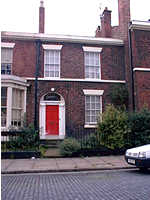 As quoted in David Sheff's book "All We Are Saying," John explains where the song was written. "I was in the first apartment I'd ever had...I'd just married (Cynthia), and Brian Epstein gave us his secret little apartment that he kept in Liverpool for his sexual liasons separate from his home life. And he allowed (Cynthia) and I have that apartment." This was at 36 Falkner Street in Liverpool where the Lennons lived for approximately four months after they were married. So, "Do You Want To Know A Secret" was composed sometime between August 23rd (the date that John and Cynthia wed) and December 18th, 1962 (when the final Hamburg trip occurred and Cynthia moved into John’s Aunt Mimi’s house on Menlove Avenue). As quoted in David Sheff's book "All We Are Saying," John explains where the song was written. "I was in the first apartment I'd ever had...I'd just married (Cynthia), and Brian Epstein gave us his secret little apartment that he kept in Liverpool for his sexual liasons separate from his home life. And he allowed (Cynthia) and I have that apartment." This was at 36 Falkner Street in Liverpool where the Lennons lived for approximately four months after they were married. So, "Do You Want To Know A Secret" was composed sometime between August 23rd (the date that John and Cynthia wed) and December 18th, 1962 (when the final Hamburg trip occurred and Cynthia moved into John’s Aunt Mimi’s house on Menlove Avenue).
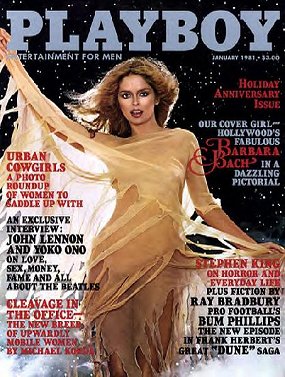 As to whether the song was written with the intention of it being a vehicle for George to sing, Lennon is quoted in David Sheff's 1981 book "All We Are Saying," "I can't say I wrote it for George." However, in John's 1980 interview for Playboy, he clarified, "It wasn't for him (George) but as soon as I'd written it I thought, 'He could do this.'" For what it's worth, Paul insists in interviews that offering the song to George Harrison to sing was the sole intention of it being written. As to whether the song was written with the intention of it being a vehicle for George to sing, Lennon is quoted in David Sheff's 1981 book "All We Are Saying," "I can't say I wrote it for George." However, in John's 1980 interview for Playboy, he clarified, "It wasn't for him (George) but as soon as I'd written it I thought, 'He could do this.'" For what it's worth, Paul insists in interviews that offering the song to George Harrison to sing was the sole intention of it being written.
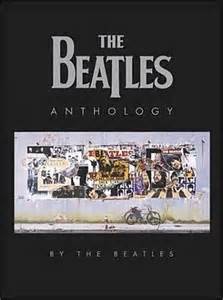 What is for sure is that Harrison was regarded as a singer of lesser talent than John or Paul, so this song suited him perfectly, being that “it had only three notes,” according to Lennon. Harrison even confirms this sentiment, stating in the "Anthology" book: "'Do You Want To Know A Secret' was 'my song' on the album. I did not like my vocal on it. I did not know how to sing and nobody told me how to." Comfortingly, John stated in "All We Are Saying" that “he has improved a lot since then, but in those days his singing ability was very poor because (a) he had not had the opportunity, and (b) he concentrated more on the guitar. So I wrote that - not for him as I was writing it, but when I had written it, I thought he could do it. It was just written.” What is for sure is that Harrison was regarded as a singer of lesser talent than John or Paul, so this song suited him perfectly, being that “it had only three notes,” according to Lennon. Harrison even confirms this sentiment, stating in the "Anthology" book: "'Do You Want To Know A Secret' was 'my song' on the album. I did not like my vocal on it. I did not know how to sing and nobody told me how to." Comfortingly, John stated in "All We Are Saying" that “he has improved a lot since then, but in those days his singing ability was very poor because (a) he had not had the opportunity, and (b) he concentrated more on the guitar. So I wrote that - not for him as I was writing it, but when I had written it, I thought he could do it. It was just written.”
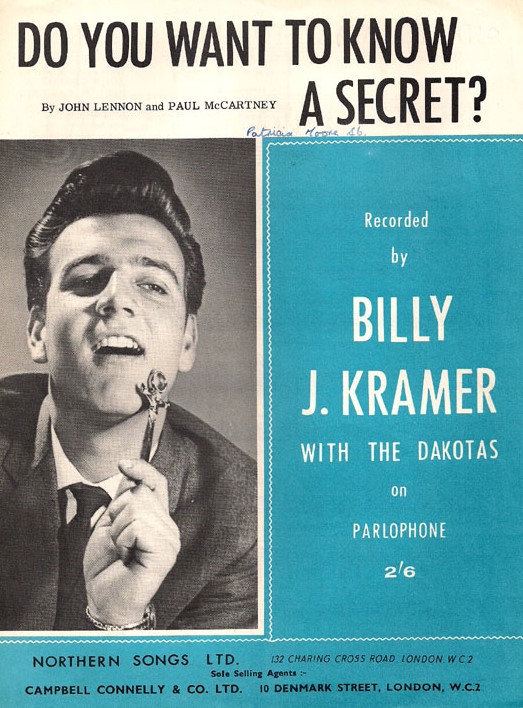 The circulated rumor that the song was initially intended for Liverpudlian recording artist Billy J. Kramer (the ‘J’ being added to his stage name at the insistence of Lennon, which stands for his son Julian) has later been proven to be unfounded. This fellow Brian Epstein recruit recorded the song about six weeks after The Beatles did, on March 21st, 1963, with his recently acquired backing band The Dakotas, and George Martin at the producer's helm. When released in Britain on April 26th, 1963, though, the song's success rode on The Beatles coattails and landed a #1 placing in the UK on the New Musical Express chart and the #2 spot on the Record Retailer chart, not being able to surpass the seven week residency of The Beatles’ hit “From Me To You” at the #1 spot. The circulated rumor that the song was initially intended for Liverpudlian recording artist Billy J. Kramer (the ‘J’ being added to his stage name at the insistence of Lennon, which stands for his son Julian) has later been proven to be unfounded. This fellow Brian Epstein recruit recorded the song about six weeks after The Beatles did, on March 21st, 1963, with his recently acquired backing band The Dakotas, and George Martin at the producer's helm. When released in Britain on April 26th, 1963, though, the song's success rode on The Beatles coattails and landed a #1 placing in the UK on the New Musical Express chart and the #2 spot on the Record Retailer chart, not being able to surpass the seven week residency of The Beatles’ hit “From Me To You” at the #1 spot.
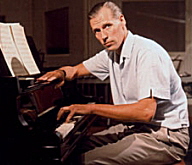 Billy J. Kramer’s lack of vocal prowess was also apparent on his version of the song but, with the implimentation of vocal double-tracking, as well as George Martin’s piano riff during the falsetto notes at the end of each verse, this song began a string of British hits for Billy J. Kramer, which included some other “Lennon/McCartney” songs as well. Additionally, his recording of this song accomplishes the achievement of “Do You Want To Know A Secret” having a #2 chart placement in both Britain and America, The Beatles achieving this goal in the US in May of 1964. Billy J. Kramer’s lack of vocal prowess was also apparent on his version of the song but, with the implimentation of vocal double-tracking, as well as George Martin’s piano riff during the falsetto notes at the end of each verse, this song began a string of British hits for Billy J. Kramer, which included some other “Lennon/McCartney” songs as well. Additionally, his recording of this song accomplishes the achievement of “Do You Want To Know A Secret” having a #2 chart placement in both Britain and America, The Beatles achieving this goal in the US in May of 1964.
Recording History
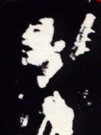 At some point during The Beatles December 1962 residency in Hamburg, John Lennon made a primitive recording of "Do You Want To Know A Secret" for demonstration purposes, created so that Billy J. Kramer could learn it in preparation for his recording of the song. John taped this demo version in the bathroom of a Hamburg nightclub because he claimed it was the only place he could find that was quiet enough to properly record it. After the song was done, John flushed the toilet, possibly to symbolize his opinion of the song at that time. At some point during The Beatles December 1962 residency in Hamburg, John Lennon made a primitive recording of "Do You Want To Know A Secret" for demonstration purposes, created so that Billy J. Kramer could learn it in preparation for his recording of the song. John taped this demo version in the bathroom of a Hamburg nightclub because he claimed it was the only place he could find that was quiet enough to properly record it. After the song was done, John flushed the toilet, possibly to symbolize his opinion of the song at that time.
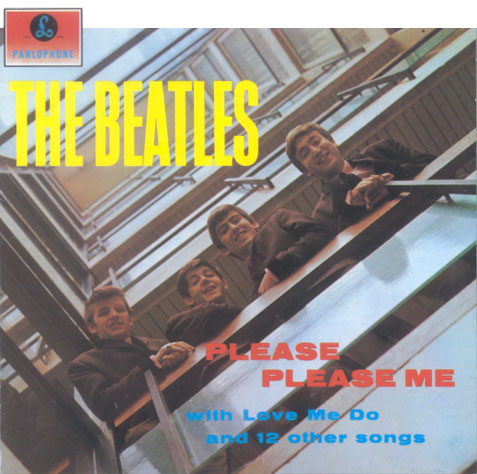 Only one proper session was required to capture on tape this classic performance by The Beatles. It was the fourth of eleven songs recorded on this historic marathon session on February 11th, 1963 in EMI Studio Two for completing their first album titled “Please Please Me.” The afternoon session began at 2:30 on that day and, after recording the bulk of their cover version of “A Taste Of Honey,” The Beatles took approximately a half hour (roughly between 3:15 and 3:45 pm) to completely record “Do You Want To Know A Secret.” Only one proper session was required to capture on tape this classic performance by The Beatles. It was the fourth of eleven songs recorded on this historic marathon session on February 11th, 1963 in EMI Studio Two for completing their first album titled “Please Please Me.” The afternoon session began at 2:30 on that day and, after recording the bulk of their cover version of “A Taste Of Honey,” The Beatles took approximately a half hour (roughly between 3:15 and 3:45 pm) to completely record “Do You Want To Know A Secret.”
 After five takes of the song, not all complete performances, "take six" was the keeper, which was performed without any edits and with full instrumentation by all four members of the band. Harrison sang lead vocals simultaneously with the group on all of these takes, but no background vocals were recorded yet. While transfering "take six" onto another two-track tape machine for overdubbing purposes, John and Paul sang their "doo-dah-doo" harmonies while Ringo, at the suggestion of George Martin, tapped two sticks together during the song's bridge. Two attempts of this overdub were made, what was designated as "take seven" containing John and Paul singing their harmonies on all verses. Before "take eight" began, John asked George Martin, "hello...should we just do it on the second verse like we said?" After the producer agrees, Lennon stated, "ok, so we wait," this take with backing vocals starting on the second verse then becoming the keeper. After five takes of the song, not all complete performances, "take six" was the keeper, which was performed without any edits and with full instrumentation by all four members of the band. Harrison sang lead vocals simultaneously with the group on all of these takes, but no background vocals were recorded yet. While transfering "take six" onto another two-track tape machine for overdubbing purposes, John and Paul sang their "doo-dah-doo" harmonies while Ringo, at the suggestion of George Martin, tapped two sticks together during the song's bridge. Two attempts of this overdub were made, what was designated as "take seven" containing John and Paul singing their harmonies on all verses. Before "take eight" began, John asked George Martin, "hello...should we just do it on the second verse like we said?" After the producer agrees, Lennon stated, "ok, so we wait," this take with backing vocals starting on the second verse then becoming the keeper.
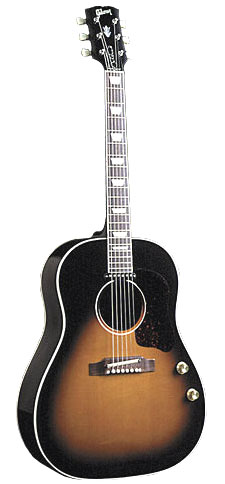 Both the mono and stereo mixes for the song were then made on February 25th, 1963 in the control room of EMI Studio One, as were the mixes for the remainder of their "Please Please Me" album. Both of these mixes were made from the complete "take eight," which included the harmony and sticks overdubs. In the stereo mix, George's acoustic guitar was panned over to the right channel while John's was panned to the left channel. No Beatles were present at this session; only George Martin and engineers Norman Smith and A.B. Lincoln were present. Both the mono and stereo mixes for the song were then made on February 25th, 1963 in the control room of EMI Studio One, as were the mixes for the remainder of their "Please Please Me" album. Both of these mixes were made from the complete "take eight," which included the harmony and sticks overdubs. In the stereo mix, George's acoustic guitar was panned over to the right channel while John's was panned to the left channel. No Beatles were present at this session; only George Martin and engineers Norman Smith and A.B. Lincoln were present.
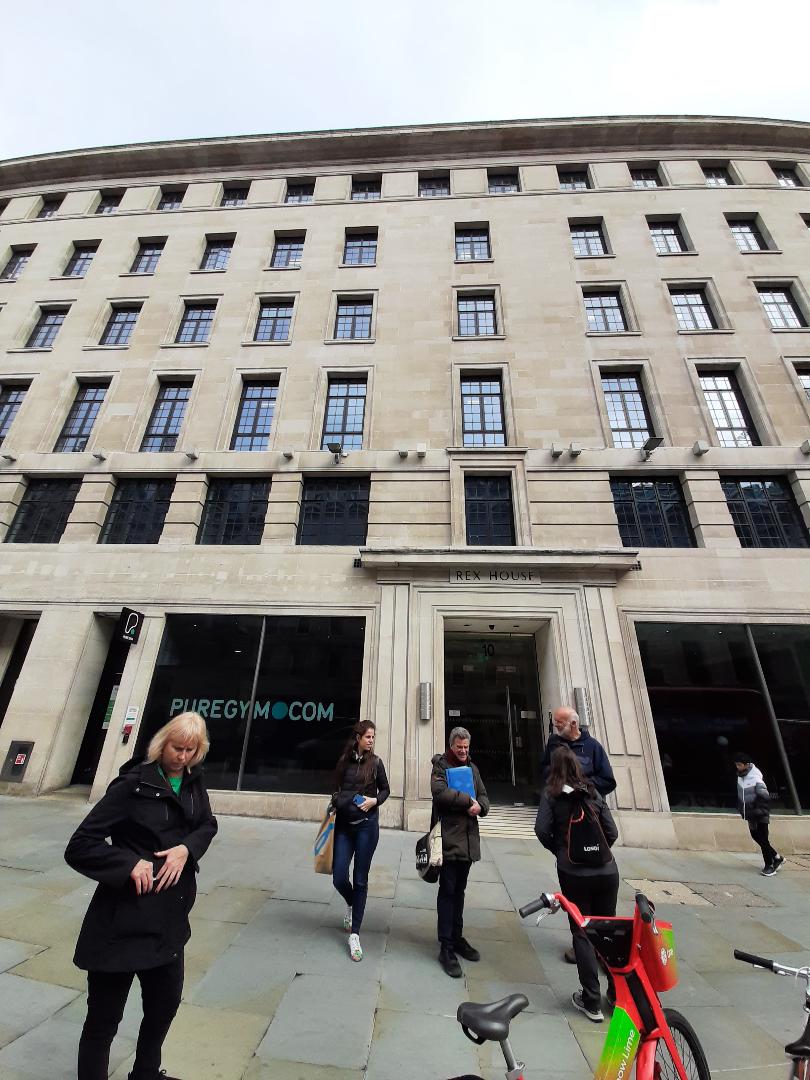 The Beatles also recorded "Do You Want To Know A Secret" six more times specifically for BBC radio, the first being on March 6th, 1963 at Playhouse Theatre in Manchester between 8 and 8:45 pm for the BBC radio program “Here We Go,” which was produced by Peter Pilbeam and broadcast on March 12th between 5 and 5:29 pm. The next recording of the song was on March 21st, 1963 between 1 and 2 pm in Studio One of BBC Piccadilly Studios in London for the radio show “On The Scene,” broadcast between 5 and 5:29 pm on March 28th of that year, which was before the above mentioned “Here We Go” show. Next was the April 1st, 1963 recording in Studio One of BBC Piccadilly Studios in London between 2:30 and 5:30 pm for the show “Side By Side,” which was aired on April 22nd of that year between 5 and 5:29 pm. The Beatles also recorded "Do You Want To Know A Secret" six more times specifically for BBC radio, the first being on March 6th, 1963 at Playhouse Theatre in Manchester between 8 and 8:45 pm for the BBC radio program “Here We Go,” which was produced by Peter Pilbeam and broadcast on March 12th between 5 and 5:29 pm. The next recording of the song was on March 21st, 1963 between 1 and 2 pm in Studio One of BBC Piccadilly Studios in London for the radio show “On The Scene,” broadcast between 5 and 5:29 pm on March 28th of that year, which was before the above mentioned “Here We Go” show. Next was the April 1st, 1963 recording in Studio One of BBC Piccadilly Studios in London between 2:30 and 5:30 pm for the show “Side By Side,” which was aired on April 22nd of that year between 5 and 5:29 pm.
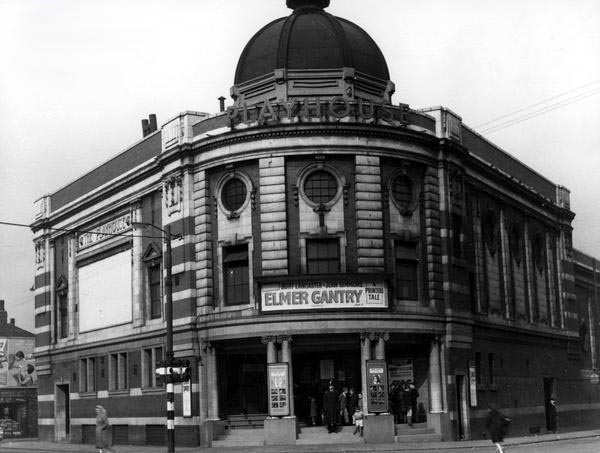 Then on May 21st, 1963, they recorded the song for their first performance on the prestigious BBC program "Saturday Club," this occurring between 5:30 and 6:30 pm at The Playhouse Theatre in London, which aired between 10 am and noon on May 25th, 1963. The day before this airing, on May 24th, 1963, the song was recorded in Studio Two of Aeolian Hall in London for the first edition of a new BBC radio program entitled “Pop Go The Beatles,” which was produced by Terry Henebery between 2 and 6 pm on that day and aired on June 4th between 5 and 5:29 pm. Then on May 21st, 1963, they recorded the song for their first performance on the prestigious BBC program "Saturday Club," this occurring between 5:30 and 6:30 pm at The Playhouse Theatre in London, which aired between 10 am and noon on May 25th, 1963. The day before this airing, on May 24th, 1963, the song was recorded in Studio Two of Aeolian Hall in London for the first edition of a new BBC radio program entitled “Pop Go The Beatles,” which was produced by Terry Henebery between 2 and 6 pm on that day and aired on June 4th between 5 and 5:29 pm.
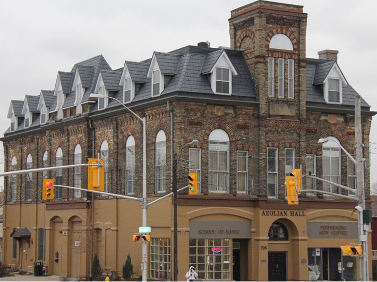 Finally, on July 10th, 1963, being well after Billy J. Kramer's recording of the song was on the UK charts, The Beatles again taped "Do You Want To Know A Secret" in Studio Two of The Aeolian Hall in London with the producer Terry Henebery between 1:30 and 3:30 pm for the seventh edition of their “Pop Go The Beatles” radio program, this show airing on July 30th between 5 and 5:29 pm. It is obvious that the group was much more familiar with the song by this time, George's vocals being sung with much more confidence. Also interesting here is how fast-paced they perform the song as well as the final ending chord unlike the faded ending on the studio album. Finally, on July 10th, 1963, being well after Billy J. Kramer's recording of the song was on the UK charts, The Beatles again taped "Do You Want To Know A Secret" in Studio Two of The Aeolian Hall in London with the producer Terry Henebery between 1:30 and 3:30 pm for the seventh edition of their “Pop Go The Beatles” radio program, this show airing on July 30th between 5 and 5:29 pm. It is obvious that the group was much more familiar with the song by this time, George's vocals being sung with much more confidence. Also interesting here is how fast-paced they perform the song as well as the final ending chord unlike the faded ending on the studio album.
Song Structure and Style
The structure here is similar to most of the other songs on this album, being that it follows the quite familiar 'verse/ verse/ bridge/ verse' (or aaba) pattern. One identifiable difference to be noted is the Spanish-flavored introduction, which adds a distinguished touch to the song and creates an air of anticipation.
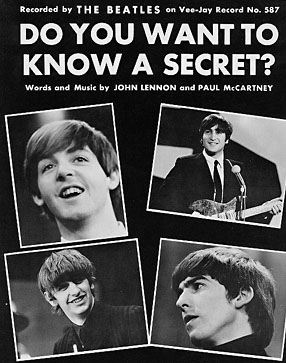 Another noticeable trait of this song that makes it uniquely similar to “Love Me Do” is that every one of the verses are identical lyrically. These are the only two Beatles songs in their whole catalog to follow this (some might call) skimpy pattern. Much experimentation continued as John and Paul matured as songwriters, as evidenced even as early as their next album (witness the confusing but identical structure of “It Won’t Be Long” and “Little Child”). It should be noted, however, that there are enough intricacies held within these uncharacteristically long 14 measure verses to make up for the song’s minimal structure. Another noticeable trait of this song that makes it uniquely similar to “Love Me Do” is that every one of the verses are identical lyrically. These are the only two Beatles songs in their whole catalog to follow this (some might call) skimpy pattern. Much experimentation continued as John and Paul matured as songwriters, as evidenced even as early as their next album (witness the confusing but identical structure of “It Won’t Be Long” and “Little Child”). It should be noted, however, that there are enough intricacies held within these uncharacteristically long 14 measure verses to make up for the song’s minimal structure.
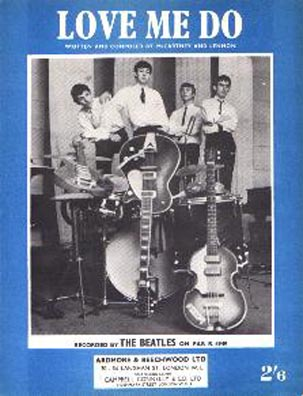 Once again, the songwriters opted not to include a solo of any kind. Being that the song is quite short in length (1:56) some have suggested that it needed one. If they had decided to incorporate a solo, the lengthy identical verse would no doubt have been repeated a fourth time, which would have made the slight song structure very noticeable, as we hear in “Love Me Do.” Leaving it the way they chose to appears to have been the best choice because most listeners do not notice the three identical verses without putting them under close scrutiny. Once again, the songwriters opted not to include a solo of any kind. Being that the song is quite short in length (1:56) some have suggested that it needed one. If they had decided to incorporate a solo, the lengthy identical verse would no doubt have been repeated a fourth time, which would have made the slight song structure very noticeable, as we hear in “Love Me Do.” Leaving it the way they chose to appears to have been the best choice because most listeners do not notice the three identical verses without putting them under close scrutiny.
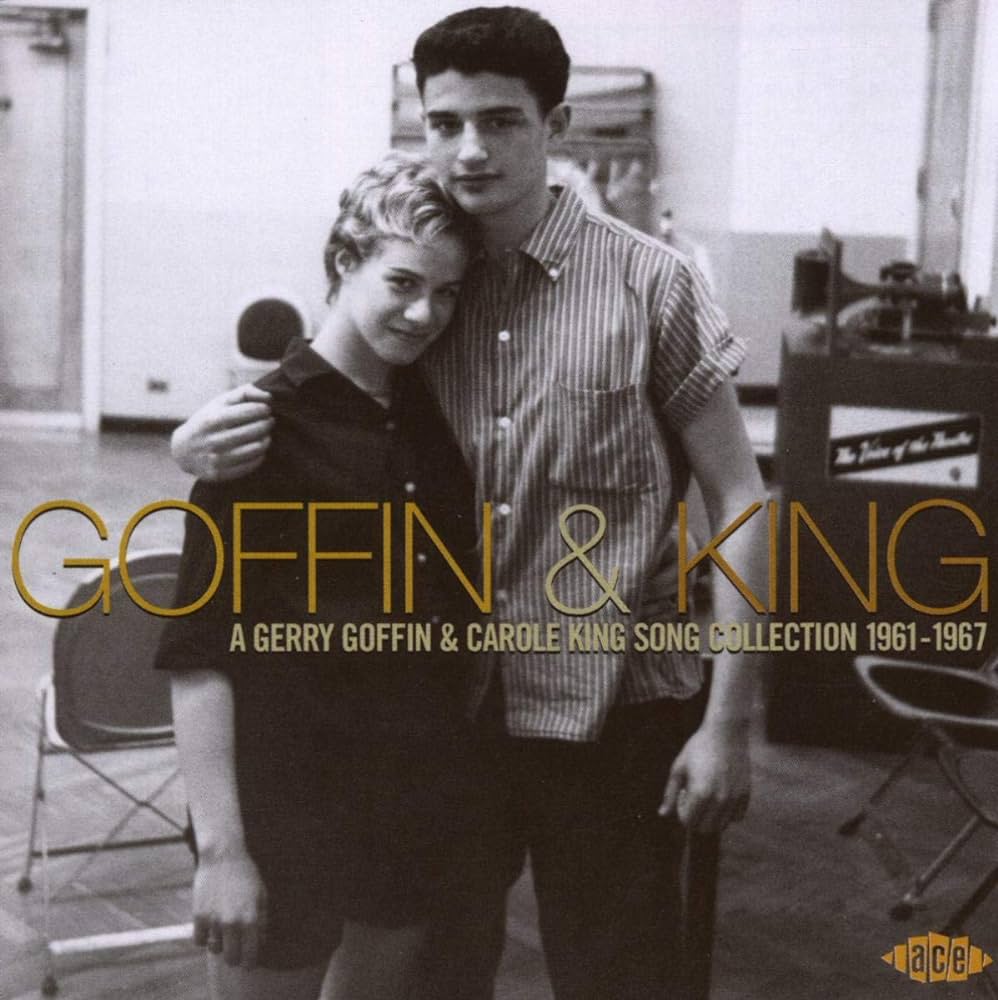 The song begins with a minor chord introduction that loosely comprises four measures, this being a throwback to many of Lennon's favorites from the '30s and '40s, as well as something then utilized by one of his current favorite songwriting teams, Gerry Goffin and Carole King. An impressive rising guitar riff from George then acts as a segue into the first verse. The melody line of the verses primarily consist of movements up and down the scale except for the falsetto highlight at the end of each verse. A distinctive descending chord pattern from George is repeated five times per verse, which is each time accompanied by John and Paul’s “doo-dah-doo” harmony backing vocals on the second and third occurrences of the verse. The song begins with a minor chord introduction that loosely comprises four measures, this being a throwback to many of Lennon's favorites from the '30s and '40s, as well as something then utilized by one of his current favorite songwriting teams, Gerry Goffin and Carole King. An impressive rising guitar riff from George then acts as a segue into the first verse. The melody line of the verses primarily consist of movements up and down the scale except for the falsetto highlight at the end of each verse. A distinctive descending chord pattern from George is repeated five times per verse, which is each time accompanied by John and Paul’s “doo-dah-doo” harmony backing vocals on the second and third occurrences of the verse.
The song utilizes two changes in pattern within the verses between the 11th and 13th measure of each verse, this adding some character to the song. The surprise falsetto at the end of the verse detracts from the repetitious melody line and acts as a tasteful segue into the next verse, or bridge in the case of the second verse.
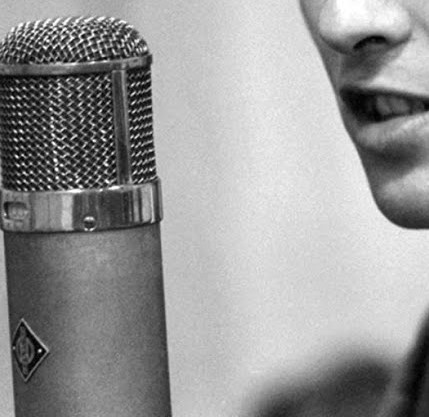 After a somewhat abrupt transition from the second verse, the short six measure bridge finds Harrison singing solo to give the background vocals a short break, thus reducing their redundancy. The bridge's simple melody line repeats twice before a smoother transition occurs to lead us back into one more identical verse, which this time is extended by repeating the last two measures until it fades. After a somewhat abrupt transition from the second verse, the short six measure bridge finds Harrison singing solo to give the background vocals a short break, thus reducing their redundancy. The bridge's simple melody line repeats twice before a smoother transition occurs to lead us back into one more identical verse, which this time is extended by repeating the last two measures until it fades.
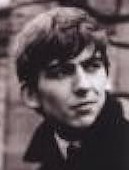 As far as their performance, George is truly to the fore with his strong Liverpudlian accent and skillful lead / rhythm guitar work. Opinion has it that one unnoticed vocal flub was left in because of the hurried nature of this full day's recording schedule, that being the first line of the bridge, which shows Harrison supposedly inverting the words "a" and "the" ("I've known the secret for a week or two") becoming "I've known a secret for the week or two." However, this is proven to be false by the release of the album "On Air - Live At The BBC Volume 2," which reveals George singing it exactly the same way as the EMI studio version we all know so well. It's just the Liverpudlian accent after all! As far as their performance, George is truly to the fore with his strong Liverpudlian accent and skillful lead / rhythm guitar work. Opinion has it that one unnoticed vocal flub was left in because of the hurried nature of this full day's recording schedule, that being the first line of the bridge, which shows Harrison supposedly inverting the words "a" and "the" ("I've known the secret for a week or two") becoming "I've known a secret for the week or two." However, this is proven to be false by the release of the album "On Air - Live At The BBC Volume 2," which reveals George singing it exactly the same way as the EMI studio version we all know so well. It's just the Liverpudlian accent after all!
 John’s guitar is hardly discernable throughout, but is most noticeable during the song's introduction where he plays a jangly guitar bit while George strums the discernable guitar chords. Paul adds impressively complicated bass runs throughout all of the verses while occasionally flubbing a stray note here and there, most noticeably at the beginning of the bridge and during the fade-out. These flubs were no doubt left in because of the rapid-fire recording process being instituted on that day. John’s guitar is hardly discernable throughout, but is most noticeable during the song's introduction where he plays a jangly guitar bit while George strums the discernable guitar chords. Paul adds impressively complicated bass runs throughout all of the verses while occasionally flubbing a stray note here and there, most noticeably at the beginning of the bridge and during the fade-out. These flubs were no doubt left in because of the rapid-fire recording process being instituted on that day.
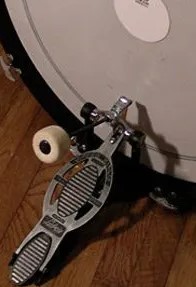 Ringo performs a shuffle beat through almost the entire song without any drum fills. The only two exceptions are during the verses where, on the 11th and 12th measures, Ringo performs a syncopated rhythm and then, during the 13th measure, he plays only eighth notes on his bass drum. The bass drum eighth notes then recur alternatively with the shuffle beat as the song fades to its conclusion. Ringo performs a shuffle beat through almost the entire song without any drum fills. The only two exceptions are during the verses where, on the 11th and 12th measures, Ringo performs a syncopated rhythm and then, during the 13th measure, he plays only eighth notes on his bass drum. The bass drum eighth notes then recur alternatively with the shuffle beat as the song fades to its conclusion.
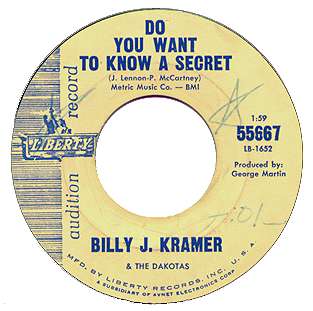 The lyrics are a little more innocent and “cuddly” than what suited The Beatles even for back then, which most likely became the deciding factor for offering the song over for Harrison to sing and then donating it to Billy J. Kramer shortly afterwards. Lyrical innocence, however, comes across as very convincing and relatable to young female fans, who overwhelmingly comprised the band's audience at the time. The intricacies of the song's chord pattern along with its overall structure, however, compensate for the simplistic and repetitive lyrics, creating a pleasant slice of 1964 Beatlemania. The lyrics are a little more innocent and “cuddly” than what suited The Beatles even for back then, which most likely became the deciding factor for offering the song over for Harrison to sing and then donating it to Billy J. Kramer shortly afterwards. Lyrical innocence, however, comes across as very convincing and relatable to young female fans, who overwhelmingly comprised the band's audience at the time. The intricacies of the song's chord pattern along with its overall structure, however, compensate for the simplistic and repetitive lyrics, creating a pleasant slice of 1964 Beatlemania.
American Releases
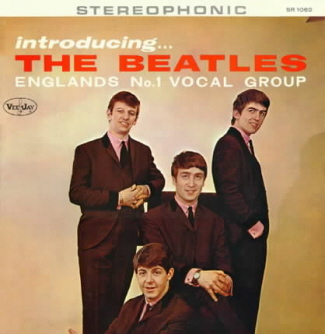 America got its first taste of the song "Do You Want To Know A Secret" on January 10th, 1964 with the release of Vee-Jay's "Introducing The Beatles" LP. Both versions of the album contained the song, so it was available in this form until it went out of print back on October 15th, 1964, peaking at #2 on the US Billboard album chart just under "Meet The Beatles!" at #1. America got its first taste of the song "Do You Want To Know A Secret" on January 10th, 1964 with the release of Vee-Jay's "Introducing The Beatles" LP. Both versions of the album contained the song, so it was available in this form until it went out of print back on October 15th, 1964, peaking at #2 on the US Billboard album chart just under "Meet The Beatles!" at #1.
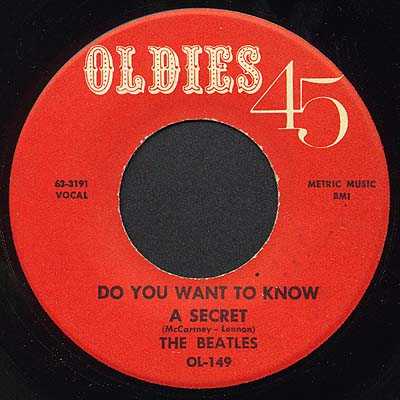 Vee-Jay decided to release the song as the a-side of a single on March 22nd, 1964, backing it with a non-album track “Thank You Girl,” this being previously used by Vee-Jay as the b-side to The Beatles' second American single “From Me To You.” “Do You Want To Know A Secret” peaked at #2 on the Billboard Hot 100 for the week of May 9th, 1964, not being able to pass "Hello, Dolly!" by Louis Armstrong in the #1 spot. This Beatles single was then re-released on the Vee-Jay “Oldies 45” label in August of 1964 in order to place the record in the “Oldies” section at record stores for additional sales. "Do You Want To Know A Secret" was the highest charting George Harrison vocal hit in America until November 29th, 1969 when The Beatles' double-sided smash "Something / Come Together" reached #1 on the Billboard Hot 100. Vee-Jay decided to release the song as the a-side of a single on March 22nd, 1964, backing it with a non-album track “Thank You Girl,” this being previously used by Vee-Jay as the b-side to The Beatles' second American single “From Me To You.” “Do You Want To Know A Secret” peaked at #2 on the Billboard Hot 100 for the week of May 9th, 1964, not being able to pass "Hello, Dolly!" by Louis Armstrong in the #1 spot. This Beatles single was then re-released on the Vee-Jay “Oldies 45” label in August of 1964 in order to place the record in the “Oldies” section at record stores for additional sales. "Do You Want To Know A Secret" was the highest charting George Harrison vocal hit in America until November 29th, 1969 when The Beatles' double-sided smash "Something / Come Together" reached #1 on the Billboard Hot 100.
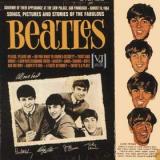 The next two releases were with the last ditch efforts of Vee-Jay to cash in on Beatlemania before the label had to legally walk away. The double LP called "The Beatles vs. The Four Seasons" was released on October 1st, 1964, this set coupling the “Introducing The Beatles” LP with “The Golden Hits of the Four Seasons.” “Songs, Pictures And Stories Of The Fabulous Beatles,” released on October 12th, 1964, was the original “Introducing The Beatles” album repackaged in a gatefold sleeve. Interestingly, all Vee-Jay released versions of the song listed the songwriters as "McCartney / Lennon," which followed the identical credit on the British "Please Please Me" album. The next two releases were with the last ditch efforts of Vee-Jay to cash in on Beatlemania before the label had to legally walk away. The double LP called "The Beatles vs. The Four Seasons" was released on October 1st, 1964, this set coupling the “Introducing The Beatles” LP with “The Golden Hits of the Four Seasons.” “Songs, Pictures And Stories Of The Fabulous Beatles,” released on October 12th, 1964, was the original “Introducing The Beatles” album repackaged in a gatefold sleeve. Interestingly, all Vee-Jay released versions of the song listed the songwriters as "McCartney / Lennon," which followed the identical credit on the British "Please Please Me" album.
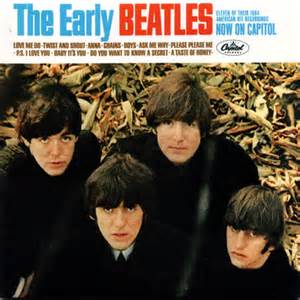 Capitol Records then made certain that "Do You Want To Know A Secret" was not out of print for very long by releasing it both on an album and as a single. The LP “The Early Beatles” was released on March 22nd, 1965, which featured the song as the climatic final track of side two. Incidentally, mono copies of this album contained "Type B" mixes of all the songs, meaning that both channels of the stereo version were combined into one by Capitol. The legitimate mono mixes of these songs that were created by George Martin did not appear on "The Early Beatles" as they had on the above mentioned Vee-Jay releases. This album then appeared on an individual CD on January 21st, 2014, containing both the mono and stereo versions on one disc. The familiar single, with “Thank You Girl” as the b-side, was then released on Capitol's Star Line budget label on October 11th, 1965. In both cases, Captiol changed gears by listing the songwriting credits as "Lennon / McCartney." Capitol Records then made certain that "Do You Want To Know A Secret" was not out of print for very long by releasing it both on an album and as a single. The LP “The Early Beatles” was released on March 22nd, 1965, which featured the song as the climatic final track of side two. Incidentally, mono copies of this album contained "Type B" mixes of all the songs, meaning that both channels of the stereo version were combined into one by Capitol. The legitimate mono mixes of these songs that were created by George Martin did not appear on "The Early Beatles" as they had on the above mentioned Vee-Jay releases. This album then appeared on an individual CD on January 21st, 2014, containing both the mono and stereo versions on one disc. The familiar single, with “Thank You Girl” as the b-side, was then released on Capitol's Star Line budget label on October 11th, 1965. In both cases, Captiol changed gears by listing the songwriting credits as "Lennon / McCartney."
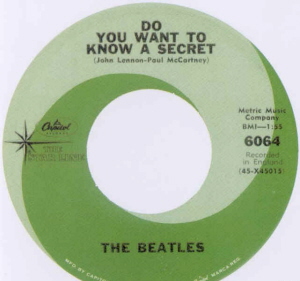 Surprisingly, despite the immense popularity and chart position of the song in 1964, “Do You Want To Know A Secret” has never been included on any “Greatest Hits” or compilation album in the US or Britain. Even Capitol Records in America, who had a large part in putting together the 1973 double compilation album “1962-1966,” (aka the "Red Album") overlooked this song which would have been a perfect candidate. The label instead included lesser known album tracks such as “Girl” and “Drive My Car.” Capitol also missed the boat by not including the song on their 1977 compilation set “Love Songs,” where it would have fit in perfectly among the love ballads included therein. And since it just missed the #1 spot on the Billboard Hot 100, it didn’t make the cut for the multi-million selling album "Beatles 1." Surprisingly, despite the immense popularity and chart position of the song in 1964, “Do You Want To Know A Secret” has never been included on any “Greatest Hits” or compilation album in the US or Britain. Even Capitol Records in America, who had a large part in putting together the 1973 double compilation album “1962-1966,” (aka the "Red Album") overlooked this song which would have been a perfect candidate. The label instead included lesser known album tracks such as “Girl” and “Drive My Car.” Capitol also missed the boat by not including the song on their 1977 compilation set “Love Songs,” where it would have fit in perfectly among the love ballads included therein. And since it just missed the #1 spot on the Billboard Hot 100, it didn’t make the cut for the multi-million selling album "Beatles 1."
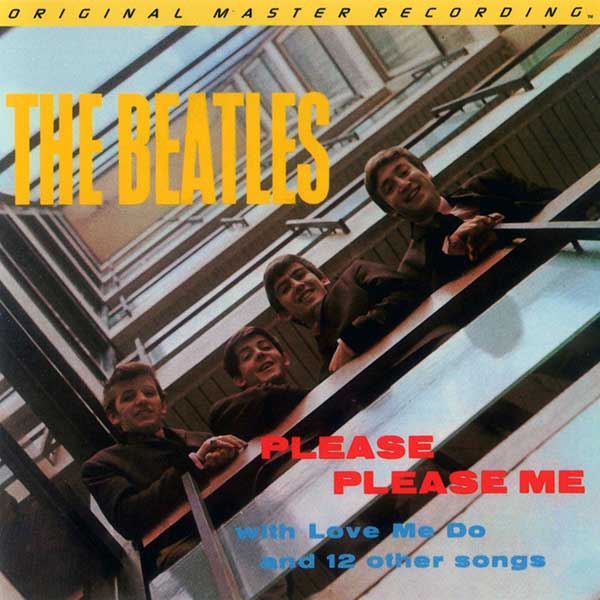 The first time the original British "Please Please Me" album was made available in America was on the "Original Master Recording" vinyl edition released through Mobile Fidelity Sound Lab in January of 1987. This album included "Do You Want To Know A Secret" and was made utilizing half-speed mastering technology from the original master tape on loan from EMI. This version of the album was only available for a short time and is quite collectable today. The first time the original British "Please Please Me" album was made available in America was on the "Original Master Recording" vinyl edition released through Mobile Fidelity Sound Lab in January of 1987. This album included "Do You Want To Know A Secret" and was made utilizing half-speed mastering technology from the original master tape on loan from EMI. This version of the album was only available for a short time and is quite collectable today.
 The song then became available on the “Please Please Me” CD as originally released in mono on February 26th, 1987, a vinyl edition being released in the US on July 21st, 1987. A remastered stereo version of the album was then released on September 9th, 2009 on compact disc, a stereo vinyl edition later made available on November 13th, 2012. The song then became available on the “Please Please Me” CD as originally released in mono on February 26th, 1987, a vinyl edition being released in the US on July 21st, 1987. A remastered stereo version of the album was then released on September 9th, 2009 on compact disc, a stereo vinyl edition later made available on November 13th, 2012.
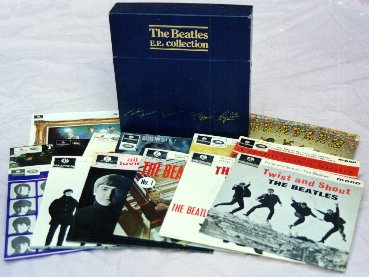 On June 30th, 1992, the song was also included in the box set “Compact Disc EP Collection” due to it being included on the original British EP “Twist And Shout,” which was released in their home country back on July 12th, 1963. On June 30th, 1992, the song was also included in the box set “Compact Disc EP Collection” due to it being included on the original British EP “Twist And Shout,” which was released in their home country back on July 12th, 1963.
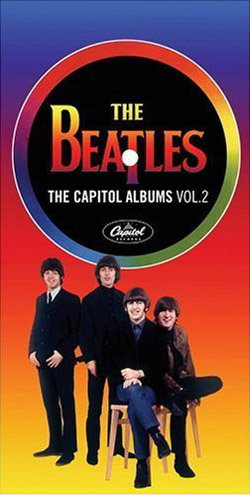 On April 11th, 2006, the box set “The Capitol Albums, Vol. 2” was released that featured both the stereo mix and the "Type B" foldover mono version of “Do You Want To Know A Secret” as originally available on “The Early Beatles.” On April 11th, 2006, the box set “The Capitol Albums, Vol. 2” was released that featured both the stereo mix and the "Type B" foldover mono version of “Do You Want To Know A Secret” as originally available on “The Early Beatles.”
The September 9th, 2009 released CD box set “The Beatles In Mono” also included the song in a vibrant remastered condition. The vinyl edition of this box set was first released on September 9th, 2014.
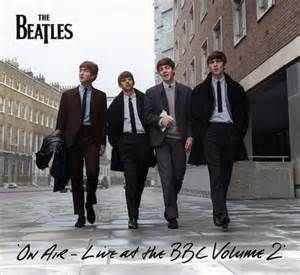 On November 11th, 2013, the release "On Air - Live At The BBC Volume 2" came out, this including an excellent unheard version of "Do You Want To Know A Secret" that was recorded on July 10th, 1963 for the British radio program "Pop Go The Beatles," as detailed above. On November 11th, 2013, the release "On Air - Live At The BBC Volume 2" came out, this including an excellent unheard version of "Do You Want To Know A Secret" that was recorded on July 10th, 1963 for the British radio program "Pop Go The Beatles," as detailed above.
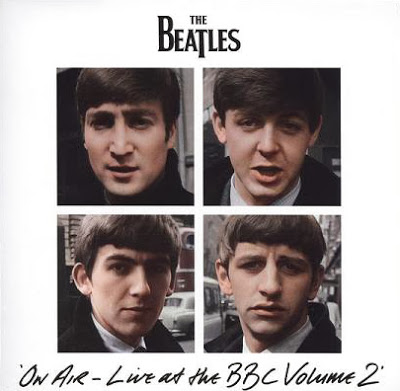 Interestingly, two samplers for the above release came out around that time for promo purposes, a five-song sampler and a fourteen-song sampler. Both included this newly available BBC recording of "Do You Want To Know A Secret." Interestingly, two samplers for the above release came out around that time for promo purposes, a five-song sampler and a fourteen-song sampler. Both included this newly available BBC recording of "Do You Want To Know A Secret."
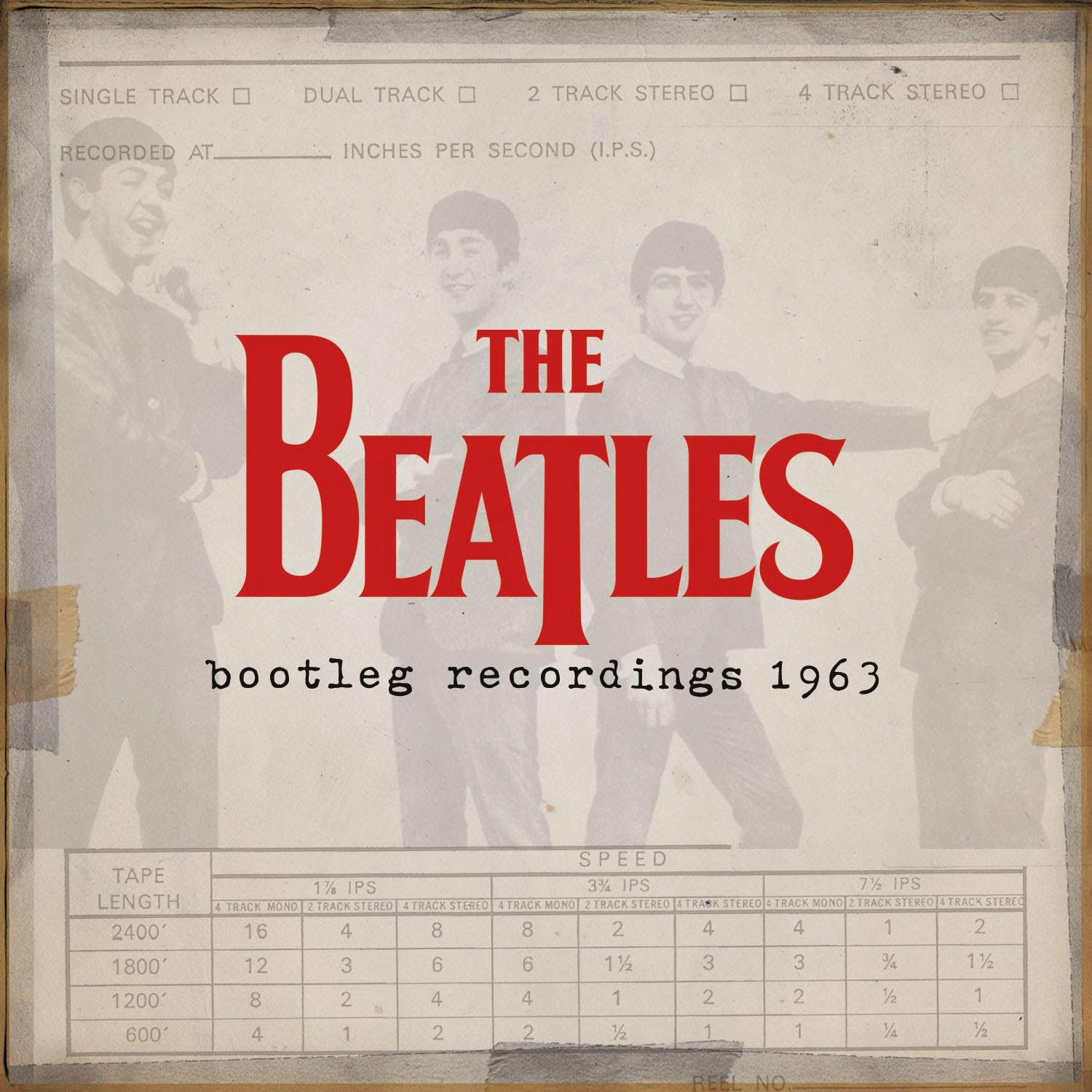 On December 17th, 2013, iTunes released a 59 track compilation set entitled "Bootleg Recordings 1963" only made available on their downloading platform. This set included "take seven" of "Do You Want To Know A Secret" as recorded at the group's February 11th, 1963 EMI recording session along with two BBC recordings of the song, the first from the May 25th, 1963 "Saturday Club" program and the second from the March 2nd, 1963 "Here We Go" show. The purpose of this release was to extend the copyright for these recordings under European Union law from 50 years (which would expire when 2013 ended) to 70 years (until 2033), this being considered an official release. This compilation was only available in the US on that date to those in the know for a number of hours for $39.99 in its entirety or to be purchased as individual songs, however it was later made available for purchase as well. On December 17th, 2013, iTunes released a 59 track compilation set entitled "Bootleg Recordings 1963" only made available on their downloading platform. This set included "take seven" of "Do You Want To Know A Secret" as recorded at the group's February 11th, 1963 EMI recording session along with two BBC recordings of the song, the first from the May 25th, 1963 "Saturday Club" program and the second from the March 2nd, 1963 "Here We Go" show. The purpose of this release was to extend the copyright for these recordings under European Union law from 50 years (which would expire when 2013 ended) to 70 years (until 2033), this being considered an official release. This compilation was only available in the US on that date to those in the know for a number of hours for $39.99 in its entirety or to be purchased as individual songs, however it was later made available for purchase as well.
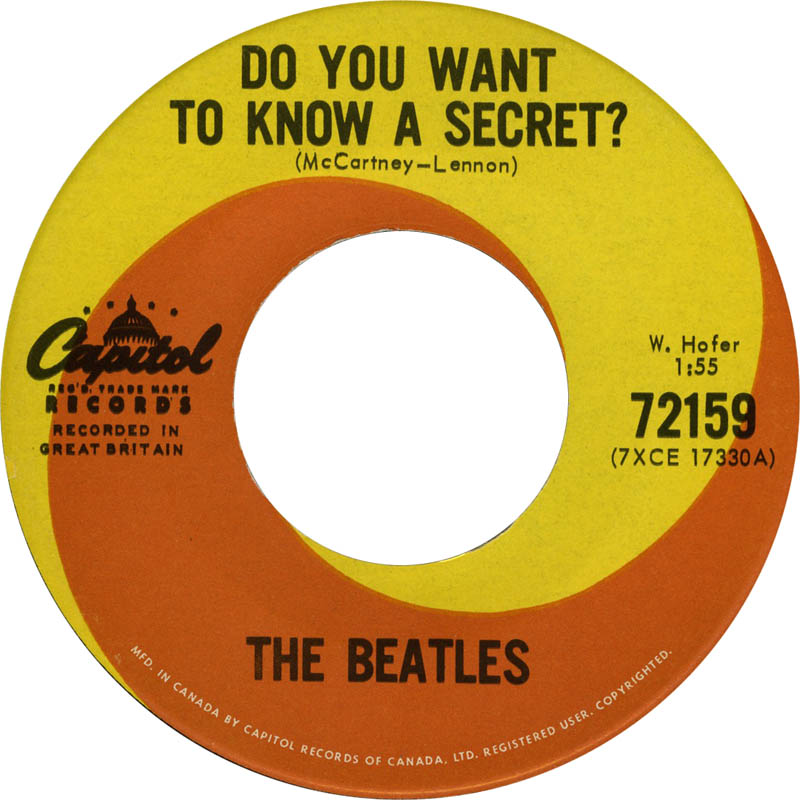
Canadian single
Live Performances
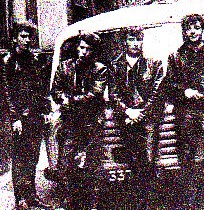 Although it was written in the latter part of 1962, it appears that the group chose not to perform the song throughout the rest of that year, possibly holding on to it for consideration as the b-side of their next EMI single, which of course didn't happen. The enormous amount of performance hours that were demanded of the band in their Hamburg sets could have motivated them to incorporate this new song into their act, but they instead decided to keep it under wraps. Although it was written in the latter part of 1962, it appears that the group chose not to perform the song throughout the rest of that year, possibly holding on to it for consideration as the b-side of their next EMI single, which of course didn't happen. The enormous amount of performance hours that were demanded of the band in their Hamburg sets could have motivated them to incorporate this new song into their act, but they instead decided to keep it under wraps.
 It is no secret that “Do You Want To Know A Secret” wasn't considered a favorite among the band members. Because of this, and with it being considered a Billy J. Kramer song by May of 1963, it received a somewhat short performance life as a Beatles song. It did get included as a George Harrison spotlight early on, even at a concert in Sheffield the day after the group recorded the song at EMI Studios. They performed the song during their Tommy Roe/Chris Montez tour from March 9th and 31st, and then again during their Roy Orbison tour between May 18th through June 9th of 1963. The last known performance of the song was on June 30th, 1963 at the ABC Cinema in Norfolk. It is no secret that “Do You Want To Know A Secret” wasn't considered a favorite among the band members. Because of this, and with it being considered a Billy J. Kramer song by May of 1963, it received a somewhat short performance life as a Beatles song. It did get included as a George Harrison spotlight early on, even at a concert in Sheffield the day after the group recorded the song at EMI Studios. They performed the song during their Tommy Roe/Chris Montez tour from March 9th and 31st, and then again during their Roy Orbison tour between May 18th through June 9th of 1963. The last known performance of the song was on June 30th, 1963 at the ABC Cinema in Norfolk.
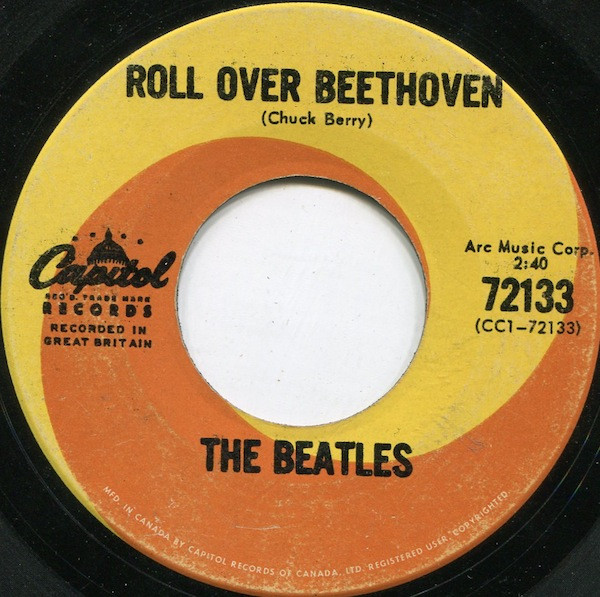 Even though the single became a major US hit ten months later, The Beatles never saw fit to perform the song in the states. Billy J. Kramer’s British hit rendition went relatively unnoticed on US shores, and it remains that way to this day. Nevertheless, The Beatles considered this a “Kramer” song and therefore unfit for playing anywhere after June of 1963. It was also their disliking it that contributed to their decision to discontinue performing it live, focusing instead on what the band considered the more mature lyrics and songwriting styles found in their recent releases. They preferred the rocking “Roll Over Beethoven” as the Harrison spotlight in their live performances instead of the mellow “Do You Want To Know A Secret.” Even though the single became a major US hit ten months later, The Beatles never saw fit to perform the song in the states. Billy J. Kramer’s British hit rendition went relatively unnoticed on US shores, and it remains that way to this day. Nevertheless, The Beatles considered this a “Kramer” song and therefore unfit for playing anywhere after June of 1963. It was also their disliking it that contributed to their decision to discontinue performing it live, focusing instead on what the band considered the more mature lyrics and songwriting styles found in their recent releases. They preferred the rocking “Roll Over Beethoven” as the Harrison spotlight in their live performances instead of the mellow “Do You Want To Know A Secret.”
Conclusion
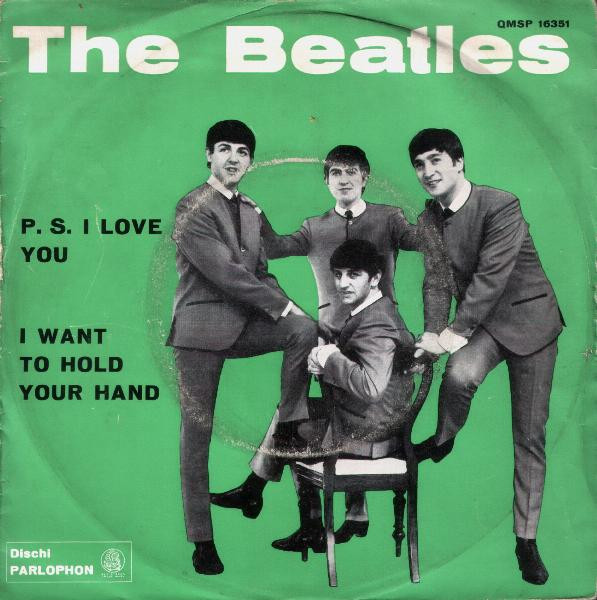 One thing that this song accomplished back in mid 1964 was a large increase to The Beatles credibility, especially among all of the concerned parents of the screaming teenagers who just would not stop talking about their latest heroes. This was the eighth US Top 40 hit from the group, each one of those preceeding it being rock and roll songs. With this song, as with “P.S. I Love You” six weeks later, The Beatles first showed themselves to the American public at large as capable of also composing tender love ballads. American parents had to take notice that there was more to them than decadence, long hair and rock and roll. One thing that this song accomplished back in mid 1964 was a large increase to The Beatles credibility, especially among all of the concerned parents of the screaming teenagers who just would not stop talking about their latest heroes. This was the eighth US Top 40 hit from the group, each one of those preceeding it being rock and roll songs. With this song, as with “P.S. I Love You” six weeks later, The Beatles first showed themselves to the American public at large as capable of also composing tender love ballads. American parents had to take notice that there was more to them than decadence, long hair and rock and roll.
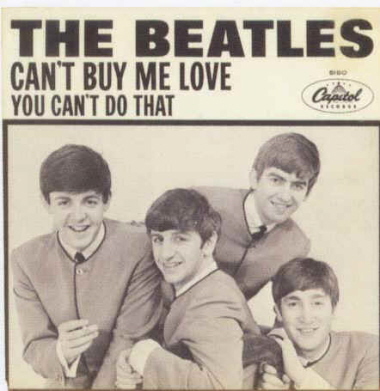 The impact this song had acheived in the US was very similar to the huge Beatles' hits that surrounded it on the Billboard Hot 100, these being “Can’t Buy Me Love” and “Love Me Do.” Yet both of these songs are very well represented within the realm of the recording media to this day. “Do You Want To Know A Secret” seems to be easily forgotten about as the monster hit that it was. No, it was not just a deep track on the "Please Please Me" LP. It was a delicate and very melodic ingredient in making up the Beatlemania of 1964. The impact this song had acheived in the US was very similar to the huge Beatles' hits that surrounded it on the Billboard Hot 100, these being “Can’t Buy Me Love” and “Love Me Do.” Yet both of these songs are very well represented within the realm of the recording media to this day. “Do You Want To Know A Secret” seems to be easily forgotten about as the monster hit that it was. No, it was not just a deep track on the "Please Please Me" LP. It was a delicate and very melodic ingredient in making up the Beatlemania of 1964.
Song Summary
"Do You Want To Know A Secret"
Written by: Paul McCartney / John Lennon
- Song Written: October 1962 (approx.)
- Song Recorded: February 11, 1963
- First US Release Date: January 6, 1964
- First US Album Release: Vee Jay #VJLP 1062 “Introducing…The Beatles”
- US Single Release: Vee Jay #587
- Highest Chart Position: #2
- British Album Release: Parlophone #PCS3042 “Please Please Me”
- Length: 1:56
- Key: E major
- Producer: George Martin
- Engineers: Norman Smith, Richard Langham
Instrumentation (most likely):
- George Harrison – Lead Vocals, Lead Guitar (1962 Gibson J-160E)
- John Lennon - Rhythm Guitar (1962 Gibson J-160E), Background Vocals
- Paul McCartney - Bass Guitar (1961 Hofner 500/1), Background Vocals
- Ringo Starr – Drums (1960 Premier 58/54 Mahogany), Sticks
Written and compiled by Dave Rybaczewski
|
IF YOU WOULD LIKE TO MAKE A DONATION TO KEEP THIS WEBSITE UP AND RUNNING, PLEASE CLICK BELOW!
Sign Up Below for our MONTHLY BEATLES TRIVIA QUIZ!
|